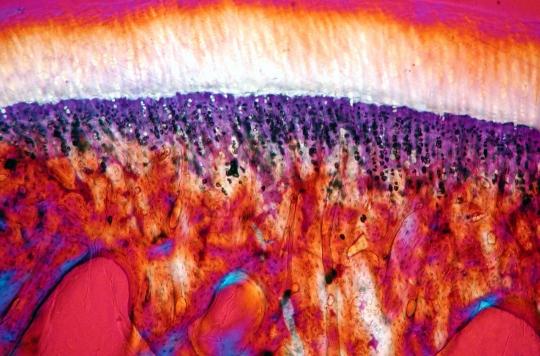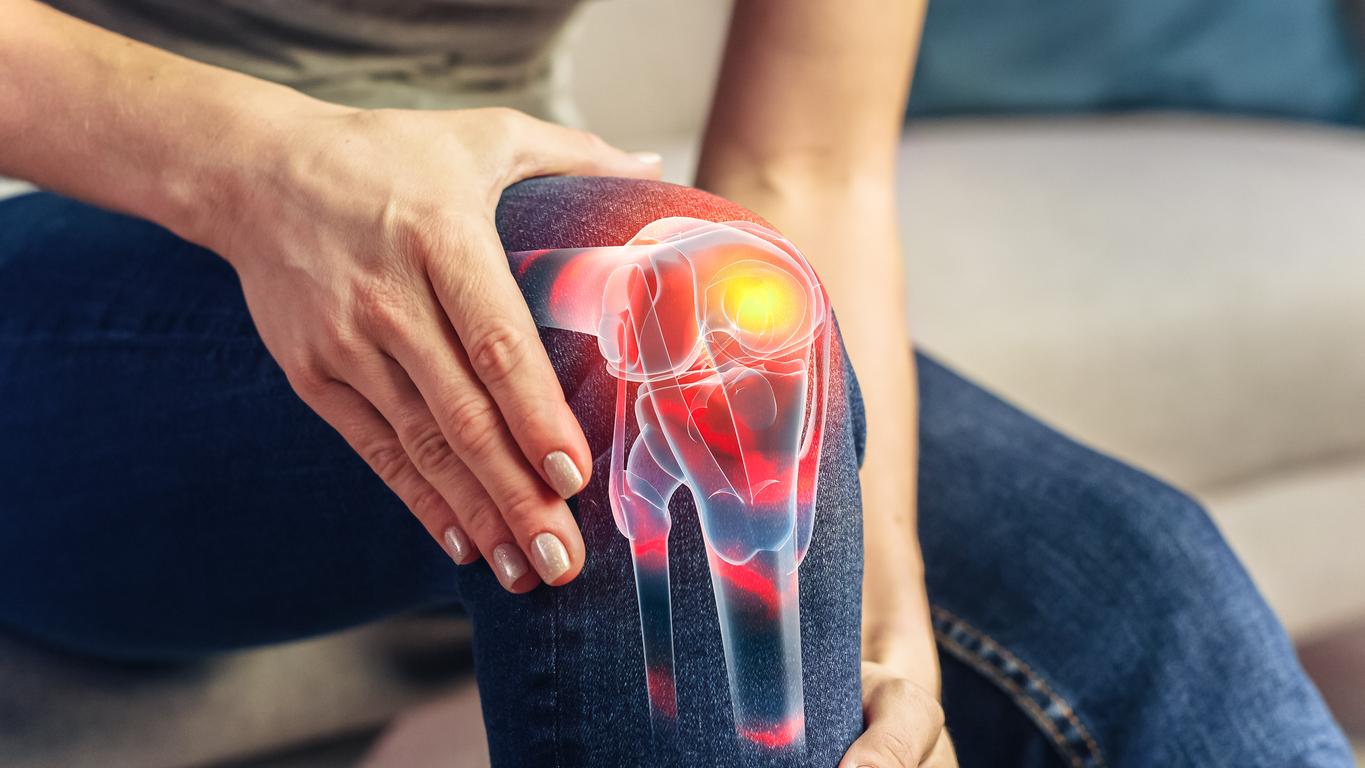French researchers have just developed a joint “dressing” capable of regenerating cartilage in the event of major joint damage or early osteoarthritis.

Are we approaching a cure for osteoarthritis? This is what this innovation, developed by researchers from Inserm and the University of Strasbourg, suggests.
So far, no specific treatment for this degenerative disease which affects 10 million French people exists on the market. The treatments available are so-called “symptomatic” treatments, that is to say, intended to relieve pain and stiffness, but have little effect on the natural course of the disease. The only therapeutic options available, such as micrografting or fitting a prosthesis, all turn out to be invasive and/or painful for patients, and often have limited efficacy.
But this discovery could be a game-changer. In an article published in the journal NatureCommunications, the researchers explain that they have succeeded in developing a bandage for the cartilage. Inspired by new generation dressings that form like a second skin on skin wounds, it helps regenerate articular cartilage.
“The implant that we have developed is intended for two cases in particular, on the one hand major cartilage lesions and on the other hand early osteoarthritis”, explains Professor Benkirane-Jessel, who led the research on this implant. osteoarticular.
A two-layer cartilage dressing
In detail, this “second skin” implant is made up of two successive layers. The first, which acts as a support as for conventional dressings, is a membrane composed of polymer nanofibers and equipped with small vesicles containing growth factors in quantities similar to those that our cells secrete themselves. The second is a hydrogel layer loaded with hyaluronic acid and stem cells from the patient’s own bone marrow. It is these cells that will allow the cartilage of the joint to regenerate.
Designed for the knee and shoulder joints, this “cartilage dressing” can also be used for the temporomandibular joint, linked to the jaw. In his press release, Inserm specifies that “the team of researchers has already carried out tests on cartilage lesions in small animals, mice and rats, as well as in large animals, sheep and goats, models very suitable for the comparative study of cartilage with humans”.
Next step: launch a human trial with a small cohort of 15 patients.

.

















